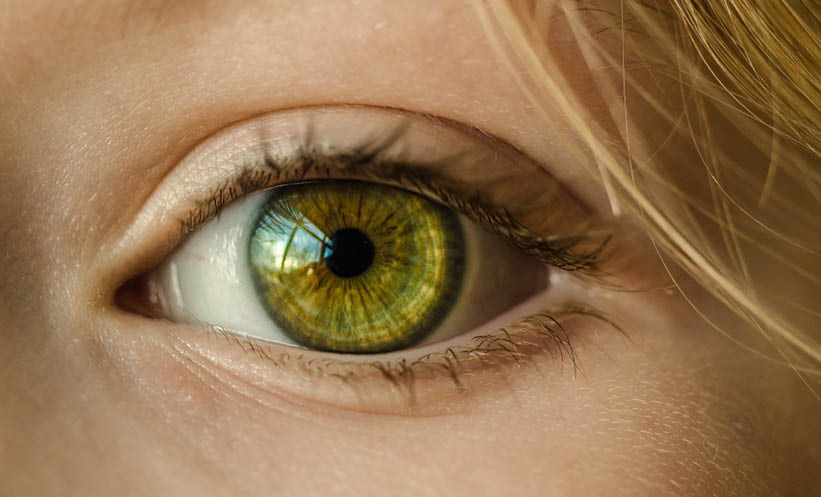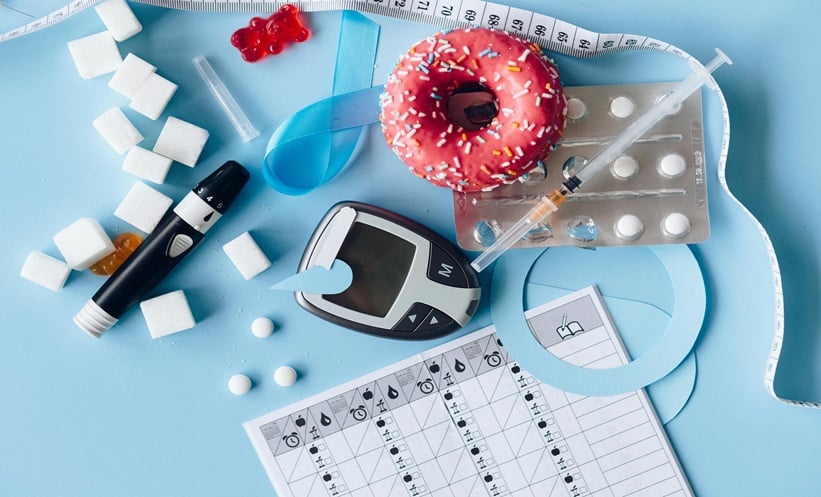Written by Muthuswamy Balasubramanyam | Department of Cell and Molecular Biology, Madras Diabetes Research Foundation (MDRF); Dr Mohan’s Diabetes Specialities Centre, Chennai, India
![]()
Diabetic retinopathy (DR) is one of the late complications of diabetes and it usually affects people who have had diabetes for a considerable duration of time. New research from the Madras Diabetes Research Foundation (MDRF), Chennai, India, has now demonstrated that young-onset Type 2 diabetes mellitus patients possess an increased risk of developing diabetic retinopathy at an earlier stage and at a greater frequency accompanied by elevated levels of certain biomarkers such as monocyte chemotactic protein 1 (MCP-1) and cathepsin-D.1
Diabetes can lead to a wide variety of health complications, including heart disease, nerve damage, stroke, kidney disease, and vision loss. Diabetes is a risk factor for developing glaucoma, as well as for developing cataracts, but the most common and debilitating vision problem experienced by diabetics is diabetic retinopathy. The disease begins to damage the small blood vessels in the retina, the light-sensing layer of tissue in the back of the eye, causing them to leak fluid and blood. As the disease progresses, blood vessels become blocked and rupture or new vessels grow on the retina, leading to permanent and sometimes profound vision loss.
“Type 2 diabetes mellitus in younger adults represents an extreme phenotype with a paradoxically increasing trend in Asian Indians and these individuals are highly prone to the developmentof diabetic microvascular complications like diabetic retinopathy,” explained lead authors Dr Muthuswamy Balasubramanyam and Dr Viswanathan Mohan, MDRF.
An earlier study conducted by researchers at the MDRF reported a greater diabetic retinopathy prevalence of almost 52% in diabetic patients diagnosed with early onset of the disease.2 “The increased prevalence of diabetic retinopathy associated with early-onset diabetes is not simply a consequence of the longer duration of disease. We speculated that something specific to the diabetic milieu in younger patients might drive them to be more prone to develop diabetic retinopathy,” said Dr Balasubramanyam. The two biomarkers MCP-1 and cathepsin-D were progressively increased in diabetic patients with both non-proliferative and proliferative retinal disease. Correlation analysis revealed a positive association between MCP-1 and cathepsin-D levels. Interestingly, the study has also exposed a significant negative correlation of MCP-1/cathepsin-D with C-peptide levels, implying a certain level of early beta-cell dysfunction in these patients.
Although increased levels of vascular endothelial growth factor (VEGF) represent one of the foremost hallmarks of DR, VEGF inhibitors, and VEGF-based interventions for DR have therapeutic limitations and hence it is important to look for biomarkers upstream of growth factor regulation. Dr Balasubramanyam explained: “While MCP-1 and cathepsin-D have both been proposed as biomarkers of angiogenic processes in other disease states, our work offers the first-line of data in the context of diabetic retinopathy that to in early-onset diabetic patients.”
“It appears that higher levels of MCP-1 and cathepsin-D in young onset Type 2 diabetes mellitus patients represent an accelerated ageing phenotype; a driving force for faster development of diabetic retinopathy. It is expected that targeting the pathways related to these biomarkers could be a future strategy for preventing the heightened risk of developing diabetic retinopathy in young-onset diabetic patients,” concluded Dr Balasubramanyam.
The authors of this work1 are from: Madras Diabetes Research Foundation (MDRF) and Dr. Mohan’s Diabetes Specialities Centre,Chennai, India; University of New Mexico School of Medicine, Albuquerque, NM, USA and Translational Genomics Research Institute, (TGen), Phoenix, AZ, USA.
References
- Reddy S. et al. Association of increased levels of MCP-1 and cathepsin-D in young onset type 2 diabetes patients (T2DM-Y) with severity of diabetic retinopathy. J Diabetes Complications. 2017;31(5):804-9.
- Rajalakshmi R. et al. Prevalence and risk factors for diabetic retinopathy in Asian Indians with young onset type 1 and type 2 diabetes. J Diabetes Complications. 2014;28(3):291-7.








